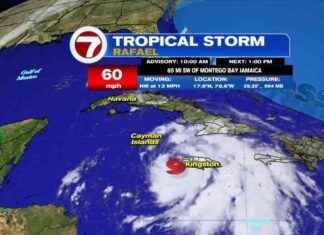When a person has debts to pay, it is possible that one of the consequences that he suffers for this reason is the seizure of the bank account. Thus, this is one of the usual measures used by both the Public Administration and the Justice so that creditors can collect the debts they have pending. But can all the money in the account be seized? What requirements must be met for the seizure to proceed? Can the bank account be seized without notification?
The first thing is to know that this measure can only be carried out by the Public Administration, in case of having any outstanding debt, or by a judge after having resolved a lawsuit filed. For this reason, the banking entities are obliged to collaborate and must proceed to carry out the embargo if one of these two parties so requests.
In the case of having a debt with the Public Administration or with another creditor – in the latter case only if a judge rules it – the bank account of an individual can be seized. In no other case can such intervention take place. Now, in the scenario where this occurs, the mechanism is simple. The bank retains the amount of money owed in the account so that the debtor cannot use that money for other uses and the creditor collects his debt.
If this point is reached, two possibilities open up. The first, that there are sufficient funds in the account. In this case, the amount is blocked so that the debtor pays or initiates a process to reach a payment agreement. But, in the event that there are insufficient funds in the bank account, garnishment can be placed on future income. That is, retain a part of the payroll, pension or any other type of income. But yes, you can not seize everything.
In the event that there are funds available in the bank account, the amount is blocked and can be fully charged or a renegotiation process can be initiated. While, in the case of future income, such as a payroll or pension garnishment, there are more requirements. Since any payment that does not exceed the Minimum Interprofessional Salary cannot be seized. While, later, the excess over the SMI is calculated to know what the amount that can be seized. For example, if double the SMI is charged – about 2,000 euros – 30% of it is seizable, that is, 600 euros. In the case of having family responsibilities, these percentages can be lowered.
Regarding how long the embargo lasts, there is no time limit, and it can be maintained until the debt is paid off. This means that, in the event of insufficient funds, the garnishment will end only when the full required payment is completed. If, for example, the debt is 10,000 euros on the payroll, and the salary is 1,500 euros, a part of the payroll would be subtracted until the total payment is completed and the account is discharged.
The citizen is not unprotected against a possible seizure of the account, since the bank will have to notify it in advance and give a period for claims to be made. For this reason, if the debtor does not agree with the garnishment or the total amount to be paid, he can claim this measure adopted. Thus, it is impossible for an embargo to be given without prior notification.
As for what day the sweeps are made to the accounts or how to know who has seized your account, there are several things to take into account. Regarding the first question, the sweeps always last a whole day on a date determined by the bank – each entity applies a random day – and always trying not to coincide with payroll or pension income. If the embargo leads to the recovery of the money, it is complicated, but even so, there is a period of 10 days to present allegations. If no claims are filed, payment will be made 20 days later. Finally, as to who is the one that has seized the account, all the information in this regard must appear in the notification sent by the bank.








